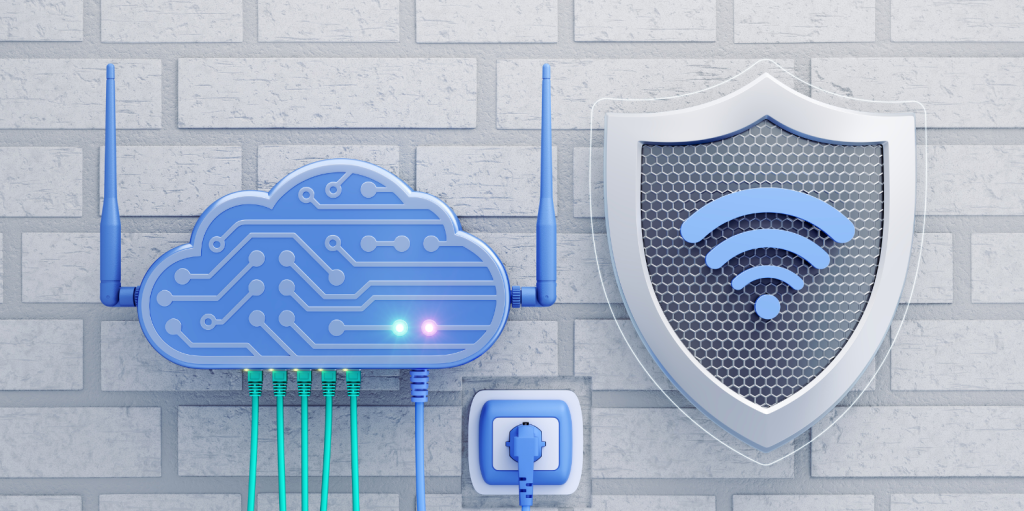In today’s interconnected world, where almost every aspect of our lives is intertwined with digital technology, cybersecurity has become a critical concern for individuals as much as for businesses. Whether you’re browsing the internet, shopping online, or managing your finances, practicing good cybersecurity habits is essential to protect your personal information and ensure your digital safety. Here are some cybersecurity best practices every individual should follow:

1. Strong, Unique Passwords
- Use complex passwords that include a mix of letters, numbers, and special characters.
- Avoid using easily guessable information such as birthdays or common phrases.
- Consider using a reliable password manager to generate and store passwords securely.
2. Enable Two-Factor Authentication (2FA)
- Whenever possible, enable 2FA on your accounts for an extra layer of security.
- This typically involves receiving a code on your phone or email that you must enter along with your password.
3. Keep Software Updated
- Regularly update your operating system, applications, and antivirus software.
- Updates often contain patches for security vulnerabilities discovered by developers.
4. Be Cautious with Email and Links
- Verify the source of emails before clicking on links or downloading attachments.
- Be wary of unexpected emails, especially those asking for personal information or urgent action.
5. Practice Safe Browsing
- Verify website URLs before entering personal information.
- Look for HTTPS in the URL and a padlock icon indicating a secure connection.
6. Use Public Wi-Fi Securely
- Avoid accessing sensitive information (like banking) over public Wi-Fi networks.
- If necessary, use a virtual private network (VPN) to encrypt your internet connection.
7. Backup Your Data
- Regularly back up important data to an external hard drive or secure cloud storage.
- In case of ransomware or other cyber attacks, you’ll have a copy of your important files.
8. Secure Your Devices
- Use a passcode or biometric authentication (fingerprint/face recognition) to lock your devices.
- Install security software and enable remote tracking and wiping features for smartphones and tablets.
9. Educate Yourself About Phishing
- Be aware of phishing attempts where attackers impersonate legitimate entities to steal your information.
- Verify requests for personal information through other channels before responding.
10. Monitor Your Accounts Regularly
- Regularly review your bank and credit card statements for any unauthorized transactions.
- Set up alerts for unusual activity on your accounts.
11. Be Mindful of Social Media
- Review and adjust privacy settings on social media platforms to control who can see your information.
- Avoid sharing sensitive personal details publicly.
12. Stay Informed and Vigilant
- Keep yourself updated about current cybersecurity threats and trends.
- Be cautious and think twice before sharing personal information or clicking on suspicious links.
By following these cybersecurity best practices, you can significantly reduce the risk of falling victim to cyber threats and protect your personal information online. Remember, proactive measures and awareness are key to safeguarding your digital identity and maintaining peace of mind in an increasingly digital world.
Are you a YouTube content creator who wants to take a proactive approach to protecting your online accounts, content, followers, and reputation against hacks? Check out Bitdefender Security for Creators and benefit from 24/7 account monitoring and protection, advanced hacking prevention, anti-phishing protection, account recovery assistance and much more.